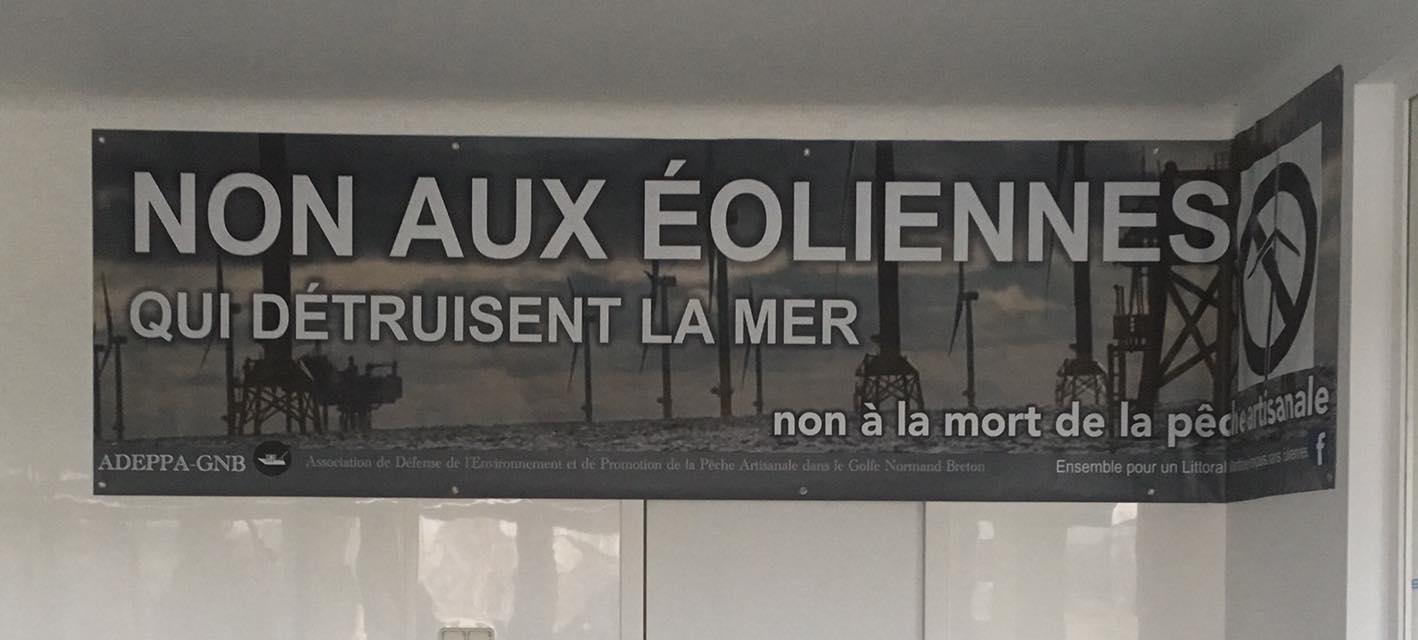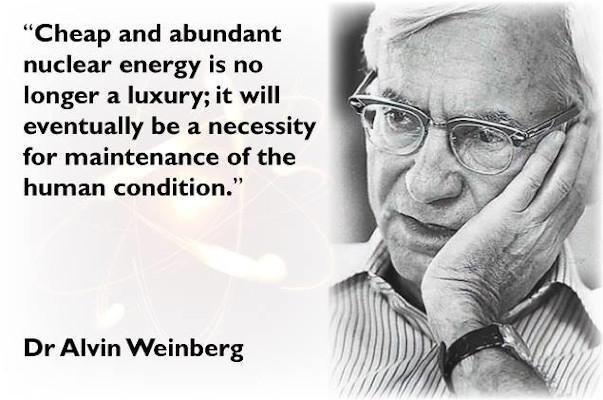Wind energy with storage versus fossil fuels
November 8, 2020
Howard Cork Hayden
When you are told that solar is the cheapest energy on the planet, ask whether you can buy a kilowatt-hour of midnight solar energy for $1 million.
The answer that will come back immediately is, “Well, you’re forgetting about storage.” (Of course, you have done no such thing.)
Consider some storage scenarios, paying no attention to whether the storage is done via batteries, underground high-pressure caverns, molten salt, or pixie dust. We’re only interested in how much.
Remember that the object of the game is to have at least 99.9% reliability. Ask:
How many days’ storage do you need for a solar system?
How many days’ storage do you need for a wind system?
The demand curve is quasi-sinusoidal with some average demand, with minimum demand (baseload) at late night and maximum demand at mid-afternoon. Suppose we jack up baseload power --nuclear, coal, NGCC --- to equal average power. (These systems all use steam, hence there is a lot of thermal inertia, slower ramp-up.)
We store excess at late night, and draw from storage in midafternoon. For this scenario, how much storage do we need? Ans: About one-fourth of one day’s energy demand. Another advantage: Nobody wants to have billions of dollars tied up in machinery that sits idle. This system would use the conventional power supplies around 1
the clock. The idle system would be only the storage. Whether this setup would be cheaper than the current system is a matter of local economics.
Upshot: If storage is the answer, it is FAR better (and FAR cheaper) to use storage with conventional power than with solar and/or wind.
For wind, the capacity factor is a matter of engineering and location (but I repeat myself). Attach a 1-MW generator to a pinwheel. The capacity factor would be zero. Attach a 1-watt generator to a 200meter rotor. You can always generate 1 watt, so the C.F. will be 100%. Both designs are obviously stupid. In the Carter days, people liked to brag about nameplate power, so they designed systems for a 20% C.F. It turned out to be more economical to design for 35% C.F., and that is the current state of affairs.
One more item. Windmill power is proportional to the square of the diameter. Double the diameter, you quadruple the power. The spacing is also measured in diameters, typically 10 diameters between wind turbines. Double the diameter, and you double the distance in both directions, thereby quadrupling the enclosed land area. Upshot: The power per unit land area is independent of the size of the wind turbine. In excellent wind sites, you get 12.5 kW/ha (5 kW/acre).
Politicians have been trying to out-stupid each other about energy, and doing so very successfully. (Names? I don’t want to limit the membership.)
Jon Boone
November 8, 2020
Thanks for injecting this incredibly vapid exchange with a bracing shot of reality, Cork. This is the kind of batty engineer-speak I encountered 20 years ago. It’s as if these guys are epistemically sleepwalking—as if they don’t understand the difference between desultory energy and capacity, as if they can’t wrap their minds around how preposterous battery storage systems are for smoothing minute-by-minute volatility. And as if it is operationally feasible or economically rational to compare unpredictable, largely uncontrollable zero firm capacity generation with capacity that is predictably controllable 99.999% of the time.

Eric Jelinski
November 9, 2020
People need to remember that with nuclear, the ‘storage’ of energy is in the binding energy of the heavy atom, unlike solar and wind, where the ‘storage’ needs to be an external device. Sadly, these two facts are ignored, it seems, by most, if not all, people.
With nuclear, that stored energy is released via fission. When that fuel bundle is depleted, we replace it with new fuel that has energy stored via more binding energy. There is no need for grid grid-sized battery backup to cover the lack of wind or lack of sunshine. The batteries, if necessary, are small for low-power portable devices such as cellphones, computers, etc, using the DC directly. The advocates of solar and wind are forgetting the inefficiencies and running counter to logic, thinking at building a huge grid size battery to be repeatedly cycled between discharge and full charge, putting that DC through inverters to AC, then transmitting normally via transmission lines, and transformers to the end user households typically a few KW or less to replenish all of the small rechargeable batteries. Totally absurd.

